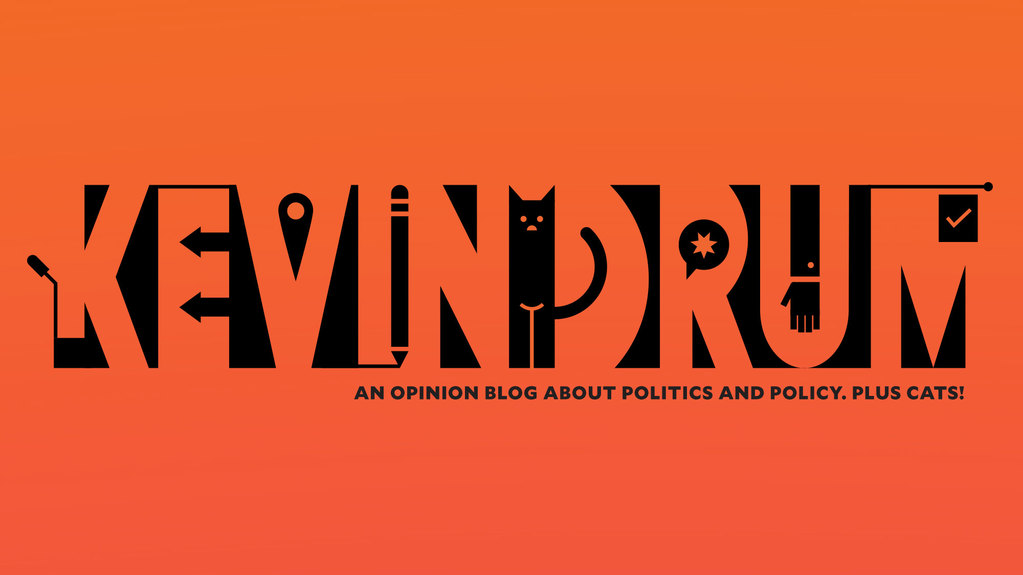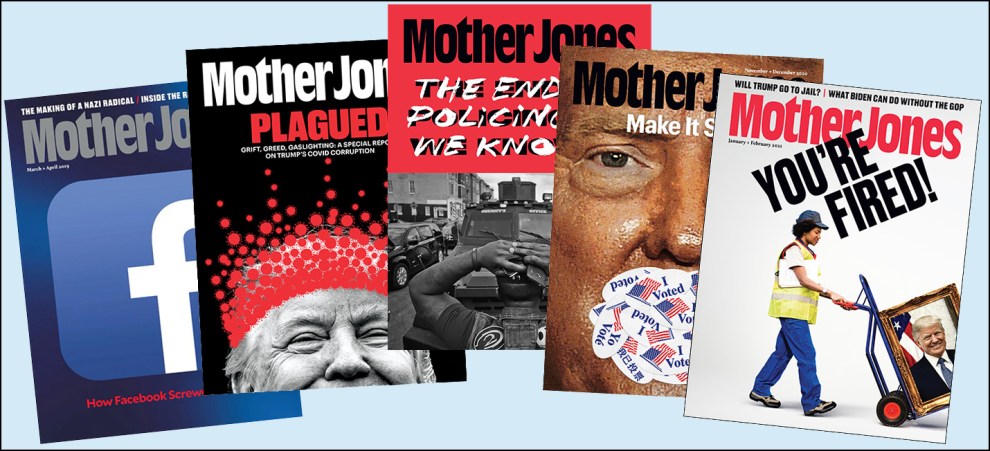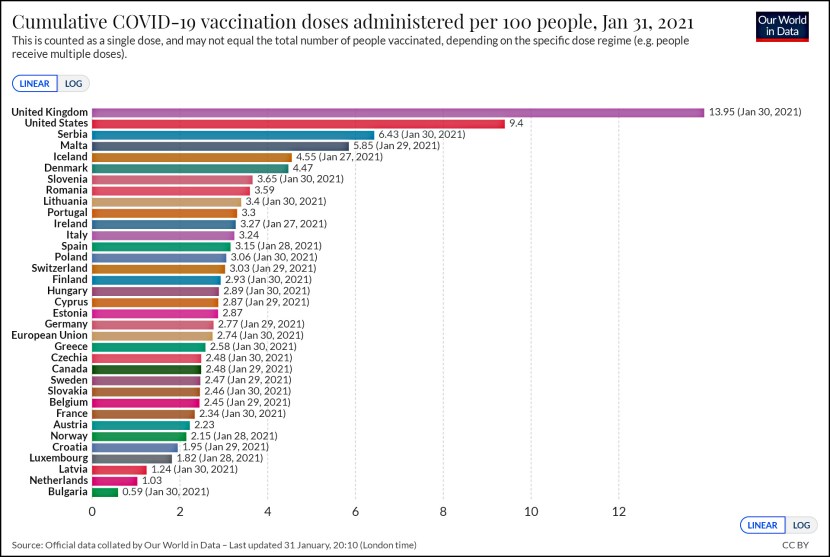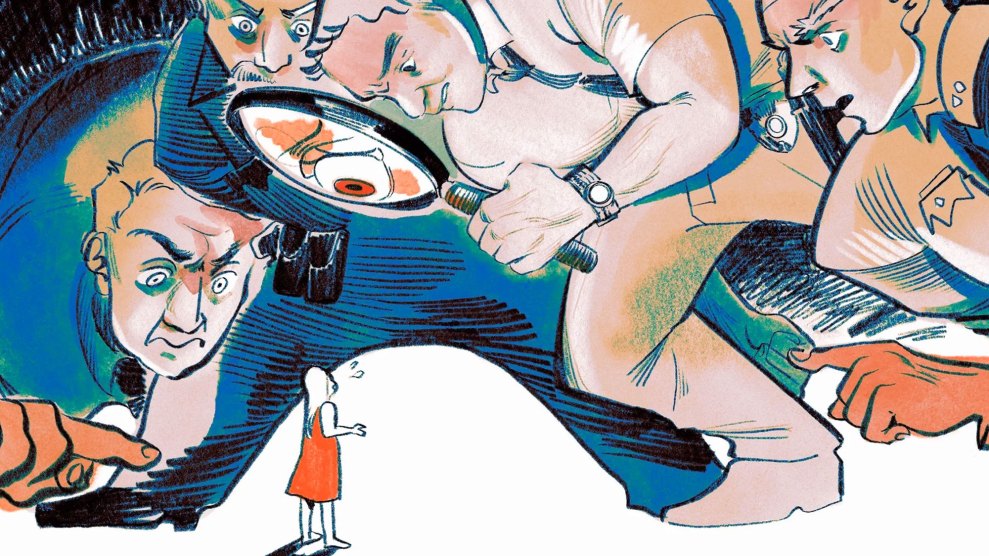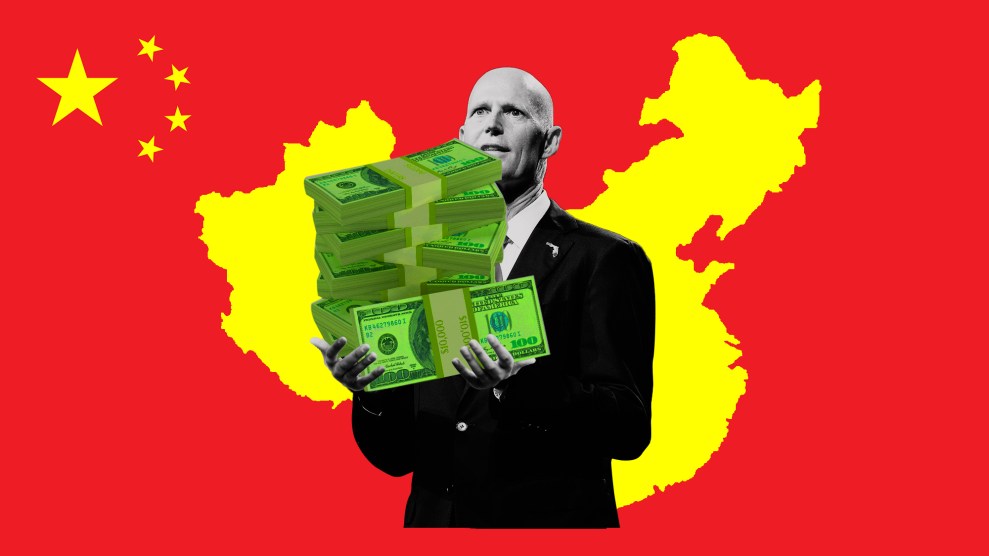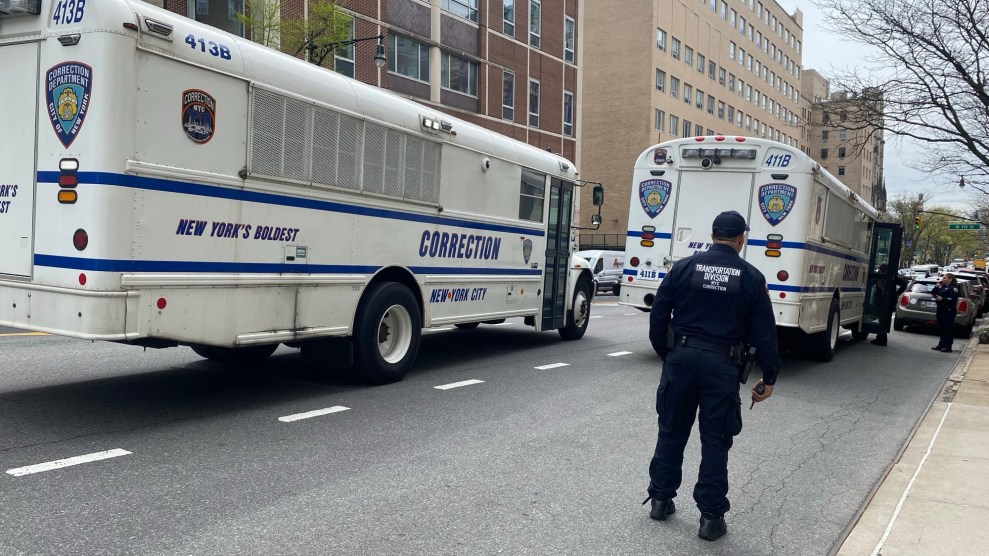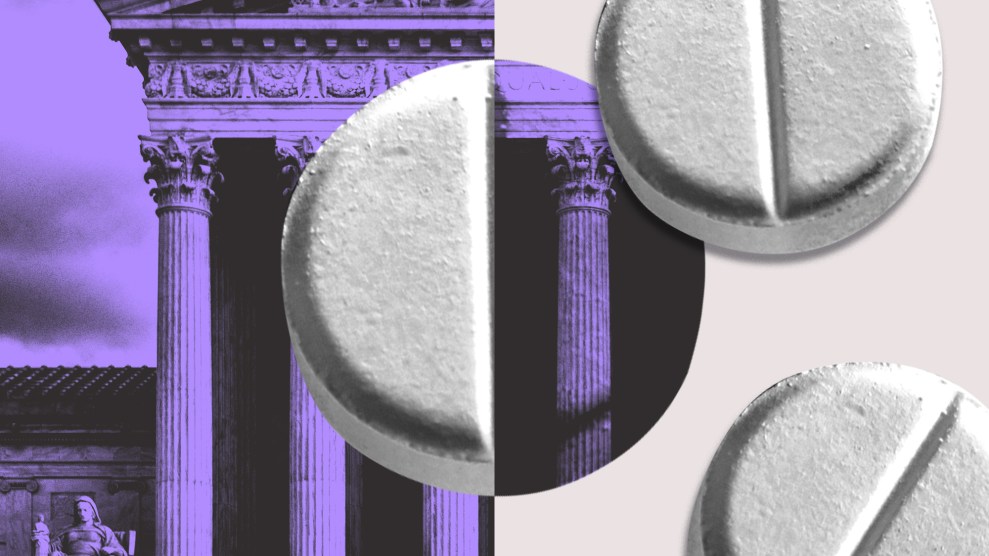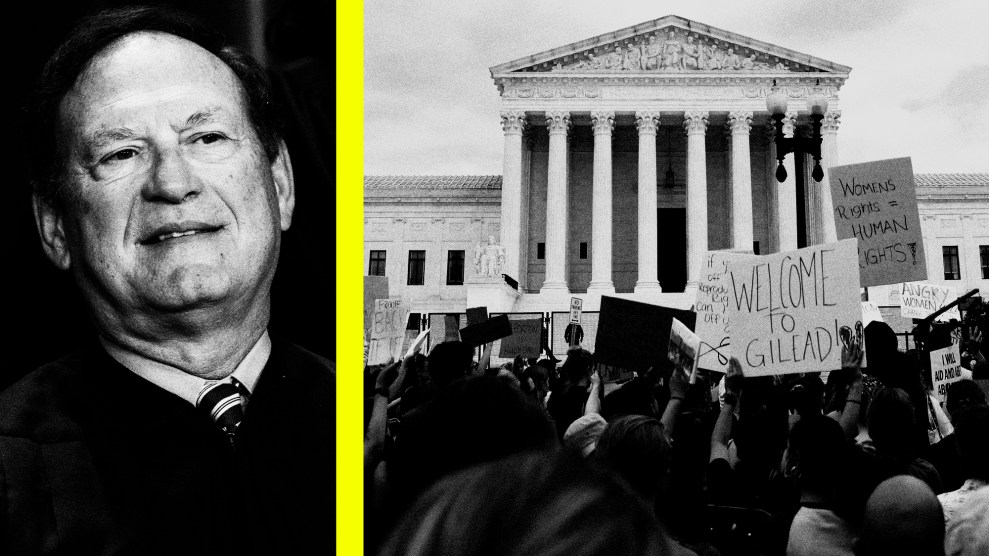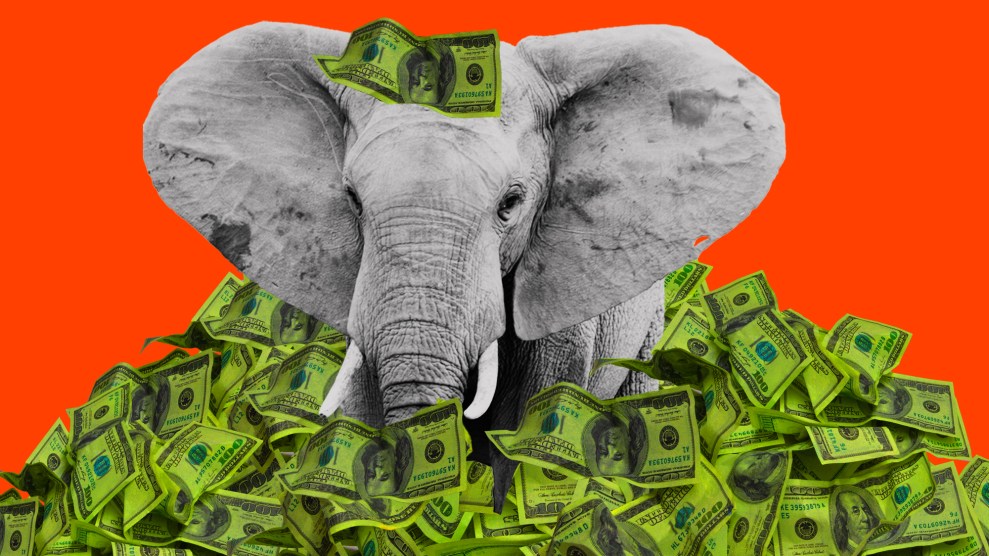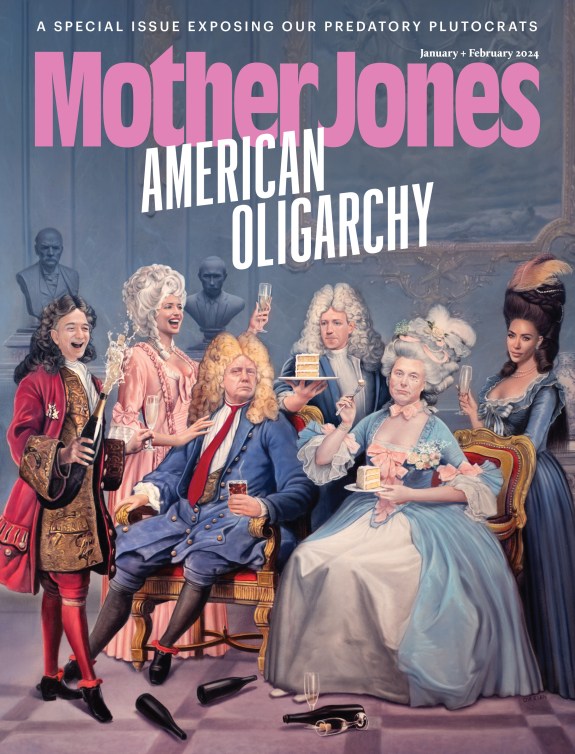One of the problems with the notion that central banks should respond to asset inflation (in addition to normal price inflation) is that asset bubbles are hard to identify. Even in retrospect, for example, there’s still no consensus on whether the huge runup in oil prices in 2007-08 was a bubble.
But maybe we don’t have to identify every single bubble out there. Martin Wolf today glosses a proposal from Andrew Smithers that suggests central banks limit themselves to tracking just three big asset classes:
Mr Smithers suggests that policymakers should monitor the price of stocks, houses and liquidity. If one of these, and especially if all three, are flashing red central bankers should respond. He recommends measures that raise capital requirements of banks in the boom. I would also support measures that directly limit the leverage among borrowers, as asset prices soar, particularly house prices.
Obviously I’m not going to argue with Wolf’s suggestion that we toss some leverage restrictions into the mix, but the main virtue of Smithers’ proposal is that it’s specific enough to argue with. For measuring stock bubbles, he proposes using either Tobin’s q or CAPE, both well-known and understood metrics. For housing, there are several good measures of froth, including price-rent ratios, mortgage payments as a percent of personal income, and long-term trends. That just leaves liquidity, and I’m not sure if there’s a broadly accepted measure there. But there might be something good enough.
Anyway: it’s an interesting idea, and it goes beyond a generic suggestion that “central banks should respond to asset bubbles.” It won’t solve the world’s problems, but it might be enough to keep future bubbles merely painful, not catastrophic.


